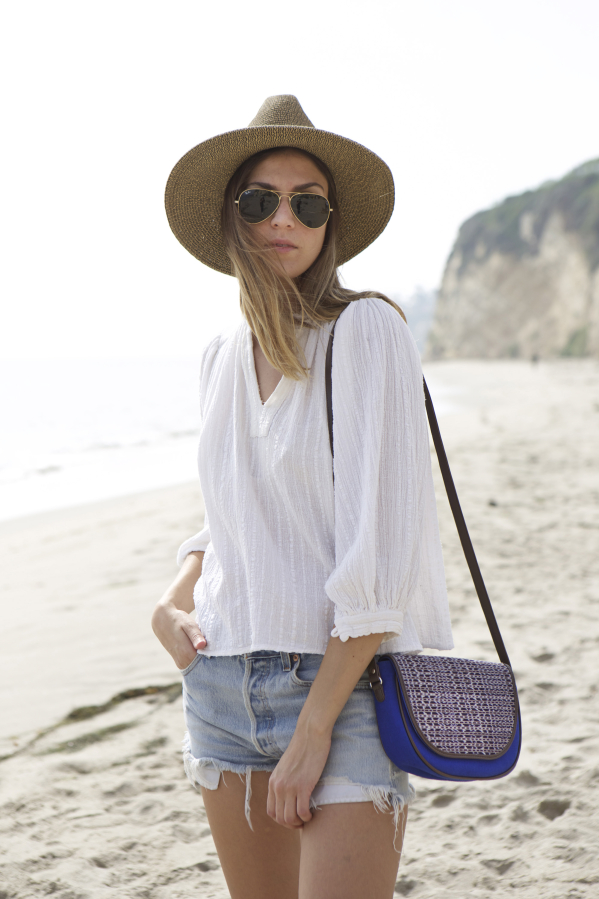Buying sustainable goods used to mean dressing like a 1960s flower child and buying products that looked like recycled brown paper and were only available at certain shops.
That’s no longer the case.
Sustainable products — a generic term for green/natural/organic — have moved into the mainstream. Not only are they easier to find, but many look as cool or beautiful as the next item on the shelf. Consumers now don’t have to sacrifice style for sustainability.
Darrin Duber-Smith, marketing professor at Metropolitan State University of Denver who was involved in the green marketing industry for 25 years, said larger corporations saw consumers’ rising interest in sustainability and bought long-established green brands like Burt’s Bees (owned by Clorox) and Tom’s of Maine (owned by Colgate-Palmolive) and gave them much wider distribution.
Increased distribution also coincided with consumers’ growing interest in aesthetics and functionality, which started in the early 2000s, popularized by Apple, Duber-Smith added.
“The natural and organic brands that were large enough to get out of their hippie-granola look were trying to attract buyers … and it involved a lot of this sort of aesthetic improvement,” he said.
Lewis Perkins, president of the Cradle to Cradle Products Innovation Institute, a third-party certifier of products designed with safe materials that can be perpetually cycled, said building-supply makers and personal-care manufacturers were pioneers of combining aesthetics and sustainability.
He named firms like Method, which built its platform around a biodegradable cleaning product contained in a bottle attractive enough to be left out on the counter. Herman Miller office chairs were manufactured to reuse materials. However, the marketing focus was not on recycling, but that the chair was beautifully designed.
Now sustainability is moving into clothing, he said.
“Sustainable apparel is not and cannot be a hemp long skirt or Birkenstock shoes. Not to criticize those products, but the idea is that beauty has embedded in it an impact and a story,” Perkins said.
He pointed to luxury designers like Stella McCartney and Maiyet, who put fashion and sustainability at the forefront.
“Designers are looking more and more to make the right choices around materials with a positive supply-chain impact. The luxury market is leading the way with some of these aspirational products that you’re seeing,” Perkins said.
Trisha Carey, director of global business development at Lenzing Fibers, which makes textiles from renewable wood fibers like eucalyptus and beech under the brand names Tencel and Modal, says there’s been demand for garments that’s “not all the same paper bag kind of look.”
Their fabrics are found in clothes from The Gap, Victoria’s Secret, Patagonia and Eileen Fisher, making it easier to wear sustainable even to work.
“It becomes a total lifestyle. … And you look at the brands who really focus on (fashion and sustainability), they offer that whole variety,” Carey said.
Hannah Skvarla, co-founder with former MTV star and author Lauren Conrad of The Little Market, a Fair Trade-certified online marketplace that sells goods made by women artisans in developing countries, said Internet access has helped artisans apply contemporary designs to their traditional methods.



